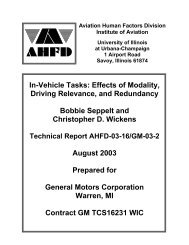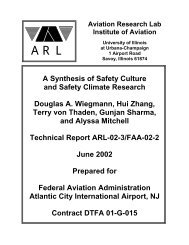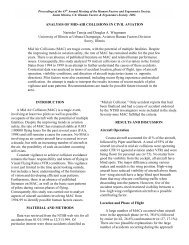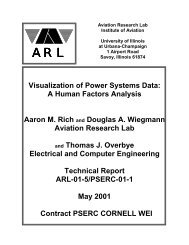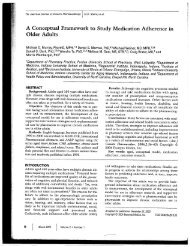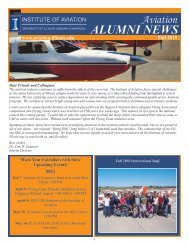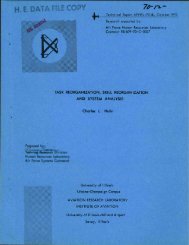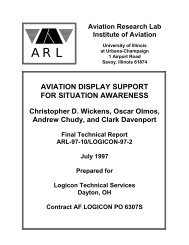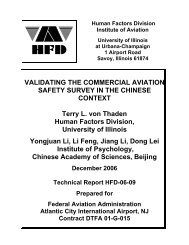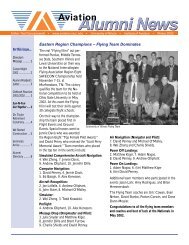Defining and Assessing Safety Culture in High Reliability Systems
Defining and Assessing Safety Culture in High Reliability Systems
Defining and Assessing Safety Culture in High Reliability Systems
Create successful ePaper yourself
Turn your PDF publications into a flip-book with our unique Google optimized e-Paper software.
Cheyne, A., Cox, S., Oliver, A., & Tomas, J. M. (1998). Model<strong>in</strong>g safety climate <strong>in</strong> the<br />
prediction of levels of safety activity. Work & Stress, 12(3), 255-271.<br />
Structural Equation Model (SEM) techniques were used to exam<strong>in</strong>e the architecture of the<br />
relationships between components of organizational safety climate, <strong>in</strong>clud<strong>in</strong>g employee attitudes<br />
to safety issues <strong>and</strong> perceptions of the work environment, <strong>and</strong> related to self-reported levels of<br />
safety activity. A survey that consisted of demographic <strong>in</strong>formation, physical work environment,<br />
hazards checklist, attitudes to safety (<strong>in</strong>clud<strong>in</strong>g safety management, communication, <strong>in</strong>dividual<br />
responsibility, safety st<strong>and</strong>ards <strong>and</strong> goals, <strong>and</strong> personal <strong>in</strong>volvement), <strong>and</strong> safety activities was<br />
used to collect data.<br />
The data showed that a common structure, or architecture, of attitudes to safety issues <strong>and</strong><br />
perceptions of the work environment could be constructed to expla<strong>in</strong> the levels of safety activity.<br />
This suggests that a pivotal role is played on one h<strong>and</strong>, by the strength of employees’ attitudes<br />
with regard to safety management, through both direct <strong>and</strong> <strong>in</strong>direct paths, <strong>and</strong>, on the other h<strong>and</strong>,<br />
by their views on <strong>in</strong>dividual levels of responsibility. This model highlights safety management as<br />
the most appropriate area to start any improvement program.<br />
MANOVA & one-way ANOVAs were used to exam<strong>in</strong>e the differences between plants/sites. The<br />
results showed that employees differed <strong>in</strong> their attitudes to safety issues, such as the management<br />
of safety <strong>and</strong> communication, <strong>and</strong> <strong>in</strong> their perceptions of workplace hazards. It is <strong>in</strong>tended that<br />
this model be further utilized with<strong>in</strong> the organization under study as a basis for monitor<strong>in</strong>g safety<br />
performance <strong>and</strong> planned improvements <strong>in</strong> safety.<br />
6




